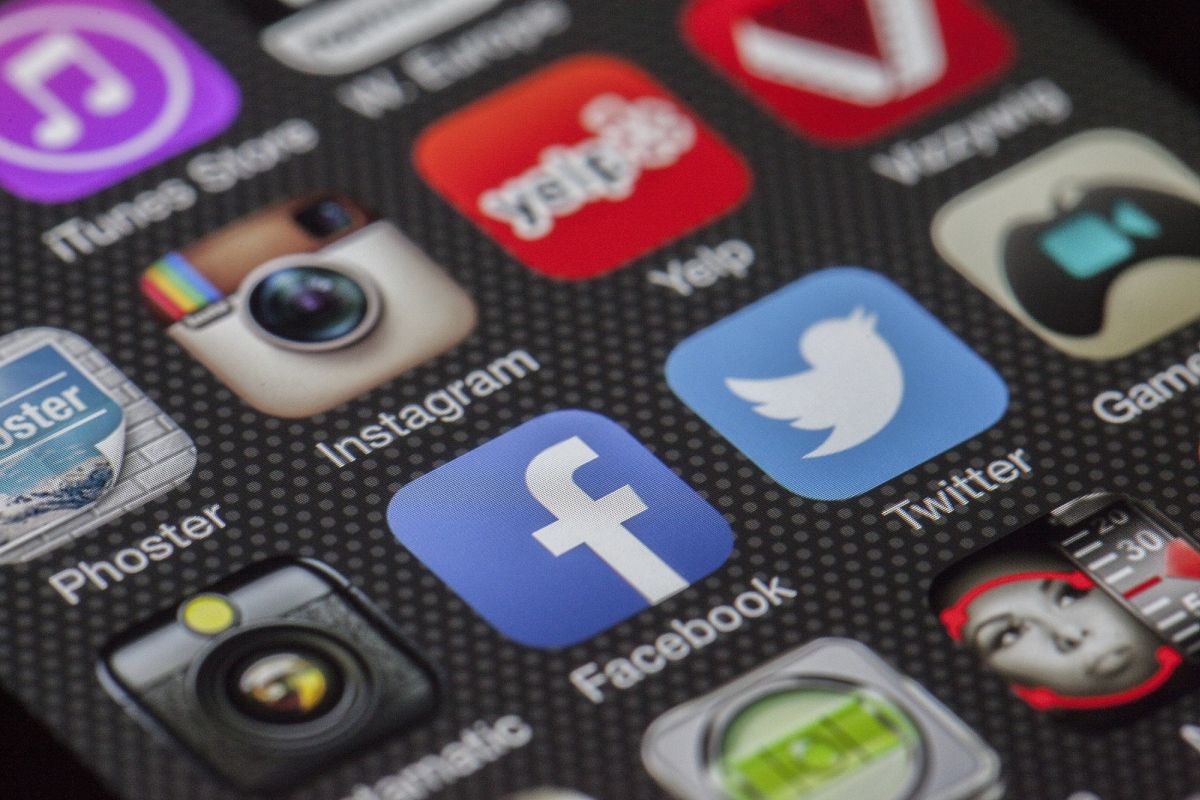Australia’s proposed social media ban for those under 16, led by its government, is a bold step aimed at addressing growing concerns around children’s mental health. Advocates see this as a muchneeded intervention, suggesting that social media platforms pose risks that young minds aren’t equipped to handle. On the other hand, critics argue the plan might not only be impractical but could also miss a critical opportunity to prepare young people for an online world that is not going away.
The motivations behind the ban are understandable. Social media is known to expose users to harmful content, bullying, and addictive algorithms. These platforms often present a curated, idealised view of life, leading to feelings of inadequacy, anxiety, and depression, especially among young users who lack the maturity to see through the illusion. Recent research also points to the way excessive screen time can reshape young brains during critical development stages, heightening the risk of mental health issues. Those who favour the ban argue that shielding children from social media could help mitigate these risks, giving them time to develop emotionally before being thrust into the complexities of online interaction.
Advertisement
However, a blanket ban may oversimplify the issue. Opponents, including child rights advocates and digital safety experts, believe that this “all-or-nothing” approach sidesteps the need for digital literacy and resilience. In today’s digital age, completely denying young people access to online spaces may ultimately be less productive than equipping them with the skills to navigate those spaces responsibly. Learning how to recognise harmful content, avoid online pitfalls, and engage with social media safely are essential skills for children as they mature. Without these skills, they may be even more vulnerable once they inevitably gain access. Another critical issue is the ban’s enforceability. Age verification methods on social media platforms are far from foolproof.
Tech-savvy adolescents often find ways around such restrictions, and placing the responsibility solely on platforms to block underage users could prove an uphill battle. The risk, then, is that this ban could encourage children to bypass regulations and go “underground” in their social media usage, creating an environment with even fewer protections. A balanced approach could yield better outcomes. Setting age limits is just one tool; another would be imposing higher safety standards on platforms, requiring them to reduce harmful content exposure and implement features that promote digital well-being. Educating children about the realities of social media, supported by parental and educational involvement, might offer a more sustainable solution.
This approach acknowledges that while social media does pose risks, it is also an integral part of modern life that young people will ultimately need to engage with. Australia’s ban highlights a broader, urgent question: how can societies protect children from the harms of social media without hindering their ability to thrive in a digital world? A combination of safety standards, digital literacy, and age restrictions might strike the right balance. But that is easier said than done.











